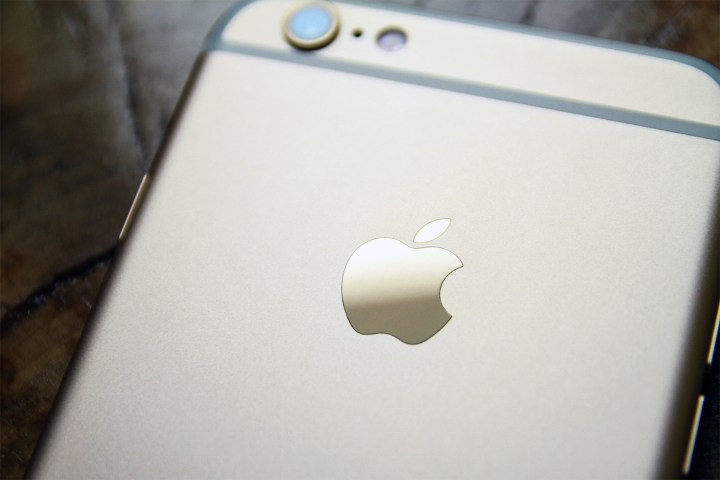
Apple’s iPhone business single-handedly brought in $154 billion in 2014, enough to make it the 56th wealthiest country just behind Iraq, which brought in $165 billion in 2015. So even if iPhone sales aren’t skyrocketing at their historical breakneck pace, it’s safe to say that Apple is doing just fine.
When taken as a whole, Apple’s $231 billion of revenues places it directly next to Finland, whose 2015 GDP was also $231 billion. It beats out a number of pretty impressive names in the top 50 national GDPs, including the countries of Ireland, Portugal, and Qatar.
Apple remains the biggest kid on the block when it comes to the still booming tech industry. While the iEmpire seemed to draw a bit of (unwarranted) skepticism from investors, it’s worth noting that its business still far outstrips those of other companies — for reference, Amazon and Microsoft both brought in $93 billion last year, whereas Google boasted $66 billion and Facebook reported $12.5 billion.
So if you’re worried about the future of Apple, don’t be. When a company’s finances are comparative with countries rather other companies, it’s probably doing alright.

